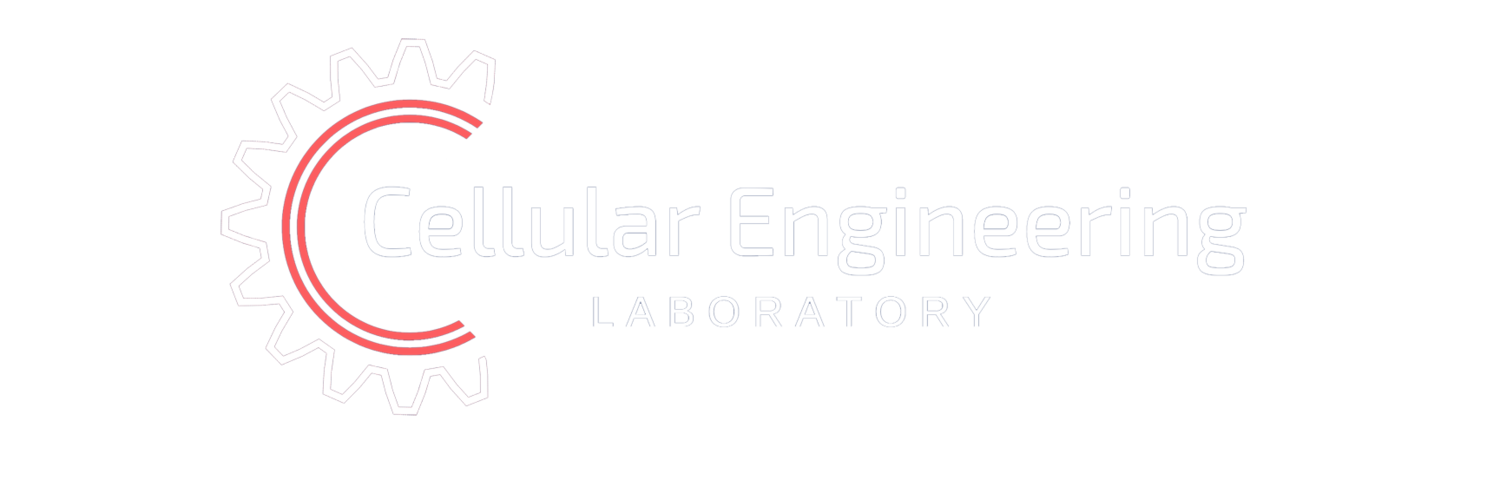Pulsed Electromagnetic Fields Promote Repair of Focal Articular Cartilage Defects with Engineered Osteochondral Constructs
Stefani RM, Barbosa S, Tan AR, Setti S, Stoker AM, Ateshian GA, Cadossi R, Vunjak‐Novakovic G, Aaron RK, Cook JL, Bulinski JC, Hung CT
Abstract
Articular cartilage injuries are a common source of joint pain and dysfunction. We hypothesized that pulsed electromagnetic fields (PEMFs) would improve growth and healing of tissue engineered cartilage grafts in a time‐ and direction‐dependent manner. PEMF stimulation of engineered cartilage constructs was first evaluated in vitro using passaged adult canine chondrocytes embedded in an agarose hydrogel scaffold. PEMF coils oriented parallel to the articular surface induced superior repair stiffness compared to both perpendicular PEMF (p=0.026) and control (p=0.012). This was correlated with increased GAG deposition in both parallel and perpendicular PEMF orientations compared to control (p=0.010 and 0.028, respectively). Following in vitro optimization, the potential clinical translation of PEMF was evaluated in a preliminary in vivo preclinical adult canine model. Engineered osteochondral constructs (∅ 6 mm x 6 mm thick, devitalized bone base) were cultured to maturity and implanted into focal defects created in the stifle (knee) joint. To assess expedited early repair, animals were assessed after a 3‐month recovery period, with microfracture repairs serving as an additional clinical control. In vivo, PEMF led to a greater likelihood of normal chondrocyte (OR: 2.5, p=0.051) and proteoglycan (OR: 5.0, p=0.013) histological scores in engineered constructs. Interestingly, engineered constructs outperformed microfracture in clinical scoring, regardless of PEMF treatment (p<0.05). Overall, the studies provided evidence that PEMF stimulation enhanced engineered cartilage growth and repair, demonstrating a potential low‐cost, low‐risk, non‐invasive treatment modality for expediting early cartilage repair.

